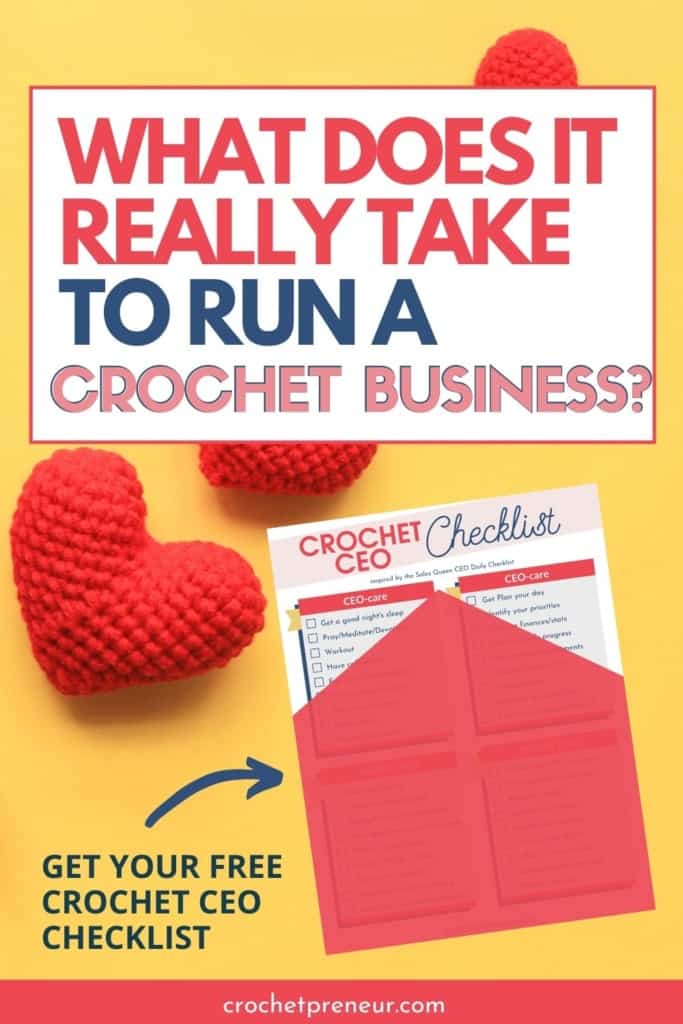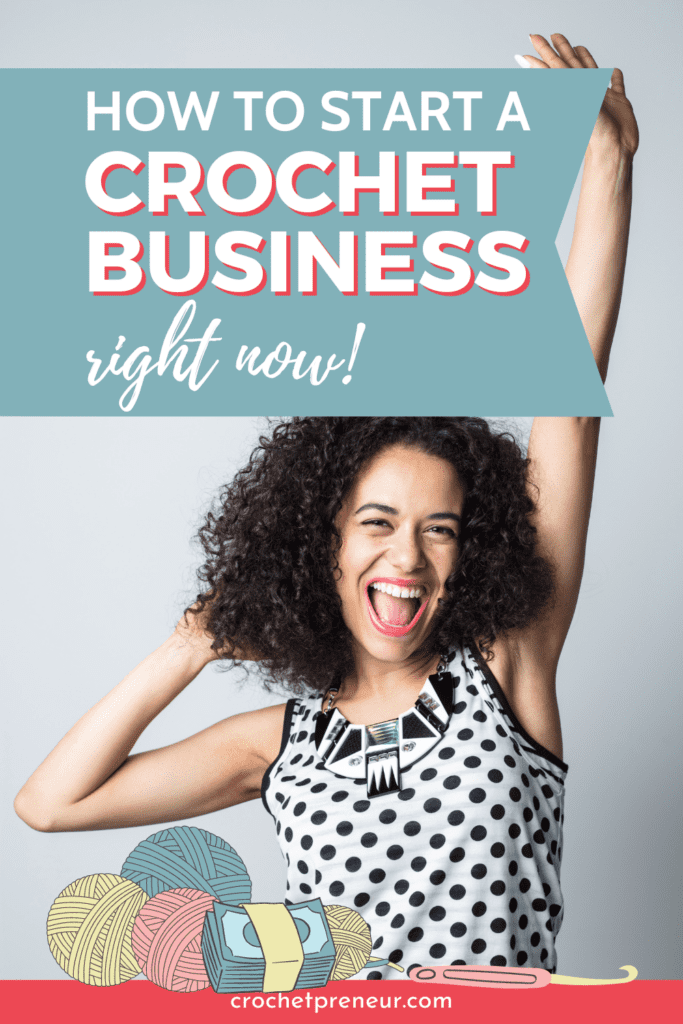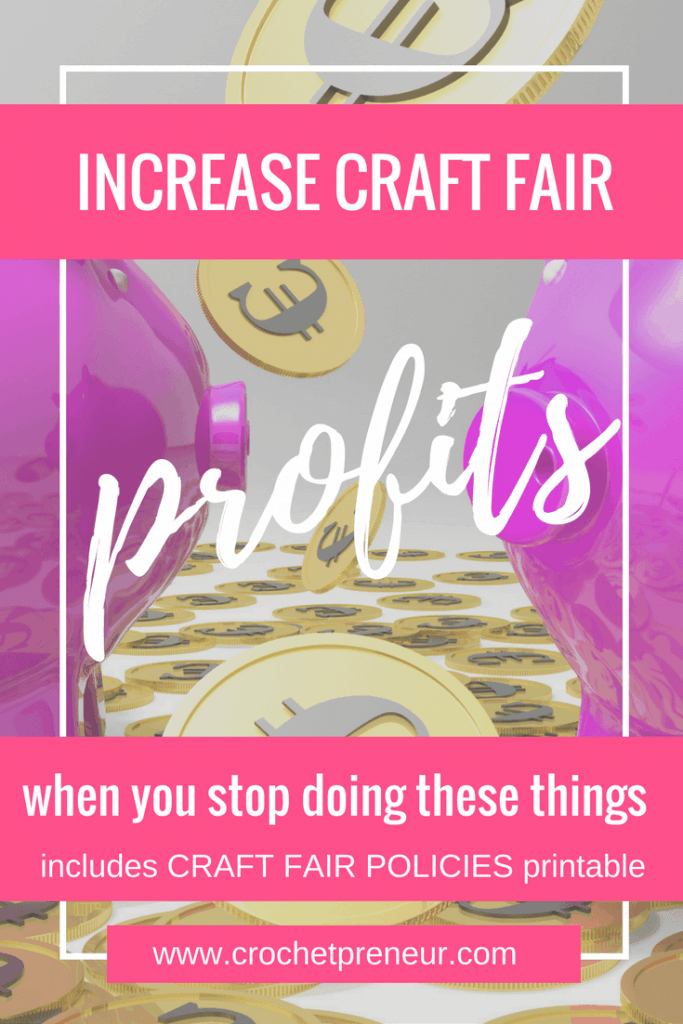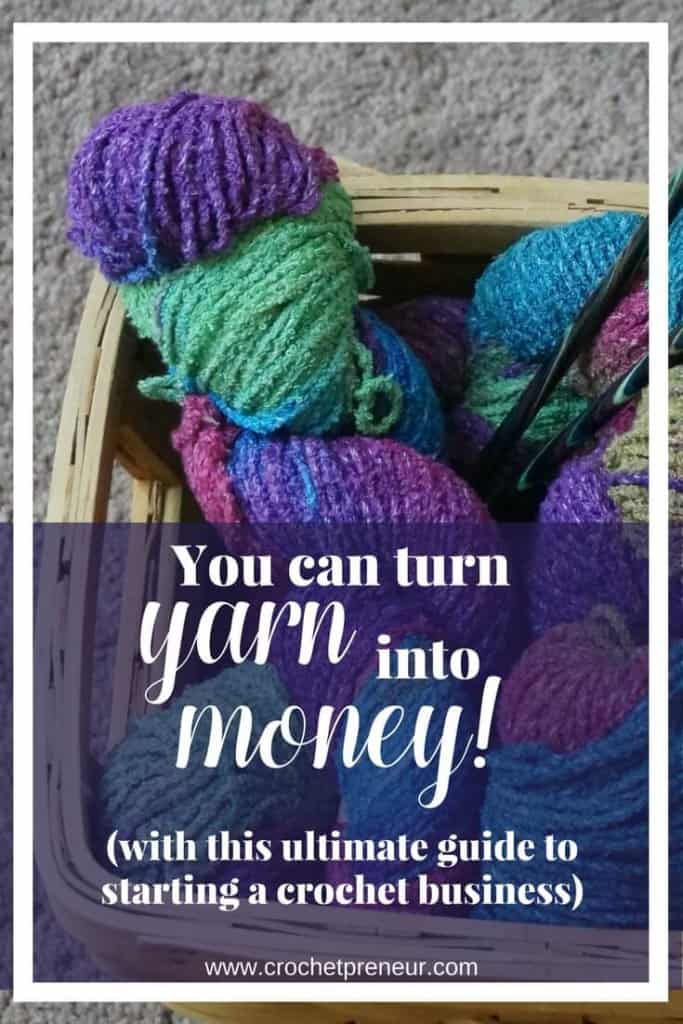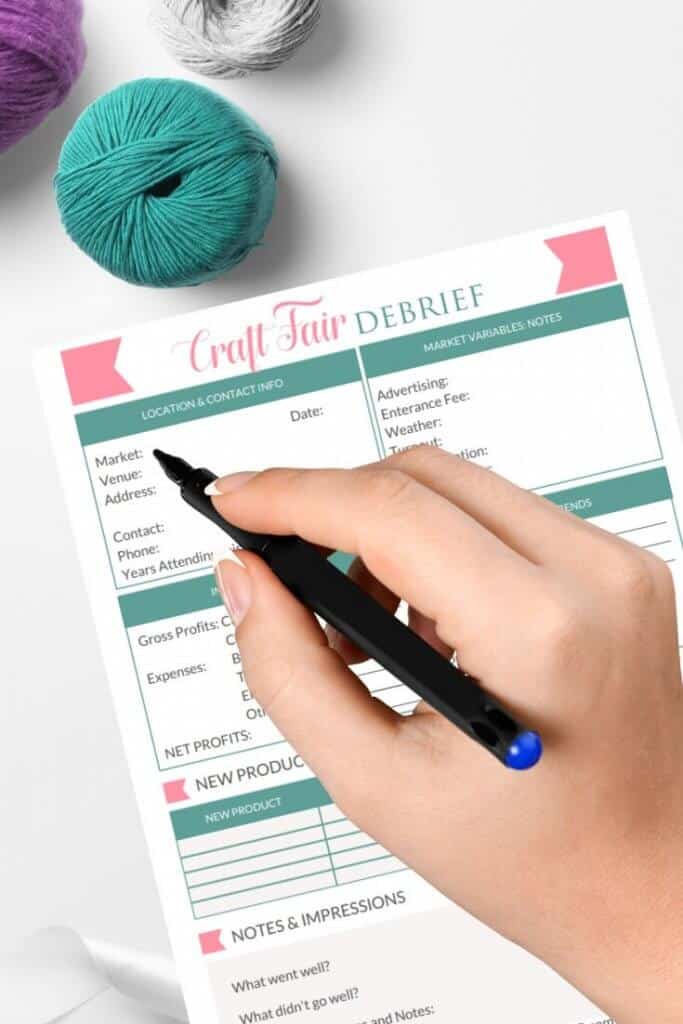Creative types tend to be multi-passionate. As a handmade seller, that means you’re likely interested in any number of opportunities to make money in your crochet business. You could sell handmade items, write crochet patterns, sell your own yarn, teach classes … How can you possibly choose one?! Or what if you started in one area and now you’d like to change the focus of your business?
We’ll talk about how to refocus your mission and choose opportunities that serve your goals right now! Our guest is Kaitlyn Segur of Yarned and Dangerous. Tune in and find out how to refine your goals and gain momentum in your handmade business.

Transcript of This Episode About How to Narrow Your Focus in Your Handmade Business
[00:00:00] Pam: Hi there. Won’t you introduce yourself and let me know how I can help you today?
[00:00:20] Kaitlyn: Hi my name is Kaitlyn. I own Yarned and Dangerous. I’m currently a product seller. And I’m looking to shift gears a little bit and move towards pattern designing and also with a focus on sustainability and mostly alpaca fiber. I am an alpaca farmer so that’s important to me.
[00:00:50] I’m struggling a little bit with focus. And so I’m really wondering where I should direct my focus to set myself on the right trajectory and where I need to narrow my efforts to set off a snowball effect of good things for the new trajectory.
[00:01:08] Pam: So you are making a shift from physical products to patterns. Are you still going to be doing the physical products or are you going to be strictly focusing on patterns?
[00:01:19] Kaitlyn: I enjoy doing craft fairs and markets in my local community so I’ll probably still do some physical products in that sense. But it’s not super sustainable for me to sell physical products over the internet. I think I’m just a little too busy to spend the time making those things and sending them out. So I’ll probably continue to do craft fairs and markets around Christmastime. I just enjoy it.
[00:01:54] But some of the things I was considering were also even shifting that a little bit towards maybe like kits, classes. I’ve heard some people express some interest in learning how to crochet and things like that. So there’s a potential market opening there for me. So it may look a little bit different but probably just locally rather than through Etsy or something like that.
[00:02:25] Pam: That actually makes it a little bit easier because you are online. Your online presence can totally be focused on your pattern sales and creating your brand around that. So your marketing efforts online and your presence online will be speaking to a singular target customer, rather than splitting that focus between your pattern buyers and your physical product buyers. So that’s actually a good thing.
[00:02:57] And what I would say is as you’re building out your pattern design business, it’s going to take a lot of time and attention. And so I can tell you what I did when I was doing a similar thing. I stopped selling physical products online. I only sold them at craft fairs because that was my secondary income source. It was more for fun. READ MORE

Meet Kaitlyn from Yarned and Dangerous
I’m Kaitlyn, I live in Massachusetts with my husband, two stepsons, and our menagerie of pets. I’m a biochemist by day and a crochet CEO, alpaca farmer, and beekeeper by night and weekend. I’m currently a product seller, and I really enjoy participating in local craft fairs and markets, but I’m wanting to shift my business to focus on pattern designing, specifically with a focus on alpaca fiber and sustainability. When I’m not crocheting or tending to my animals, I enjoy sharing my love of baseball with my family, skiing, and rock climbing.



